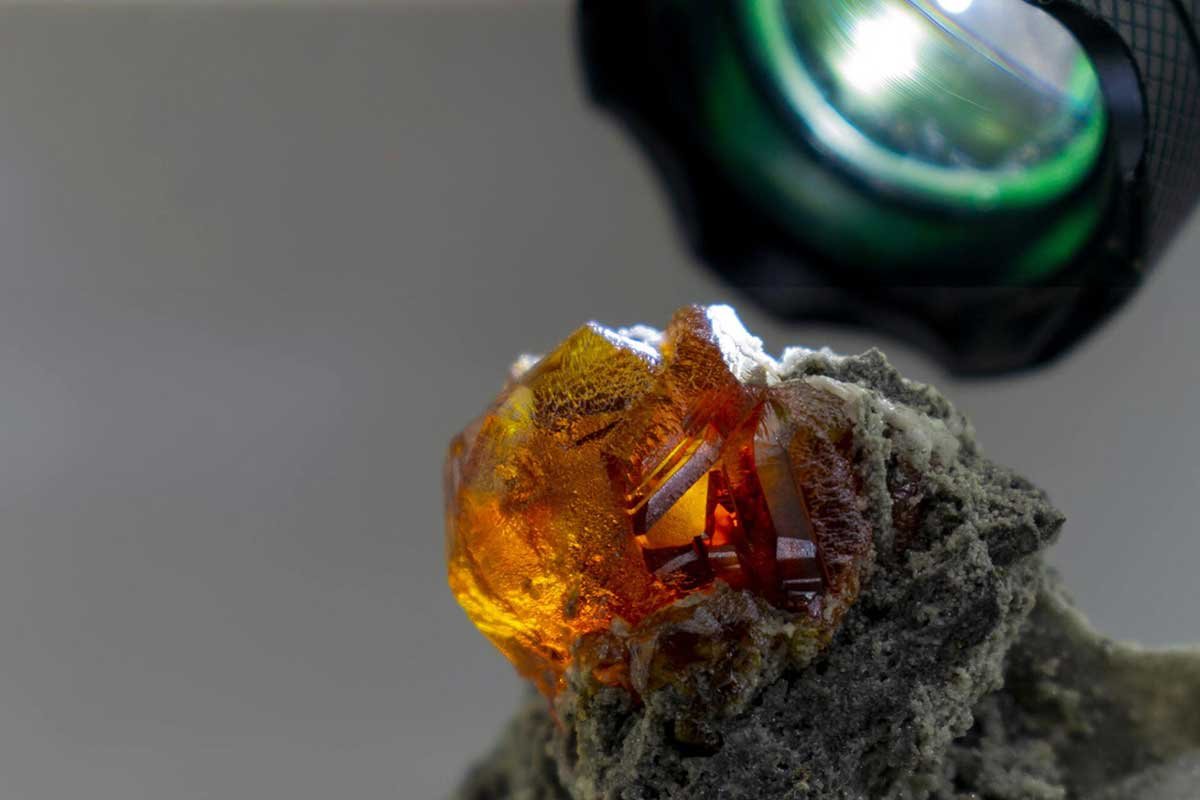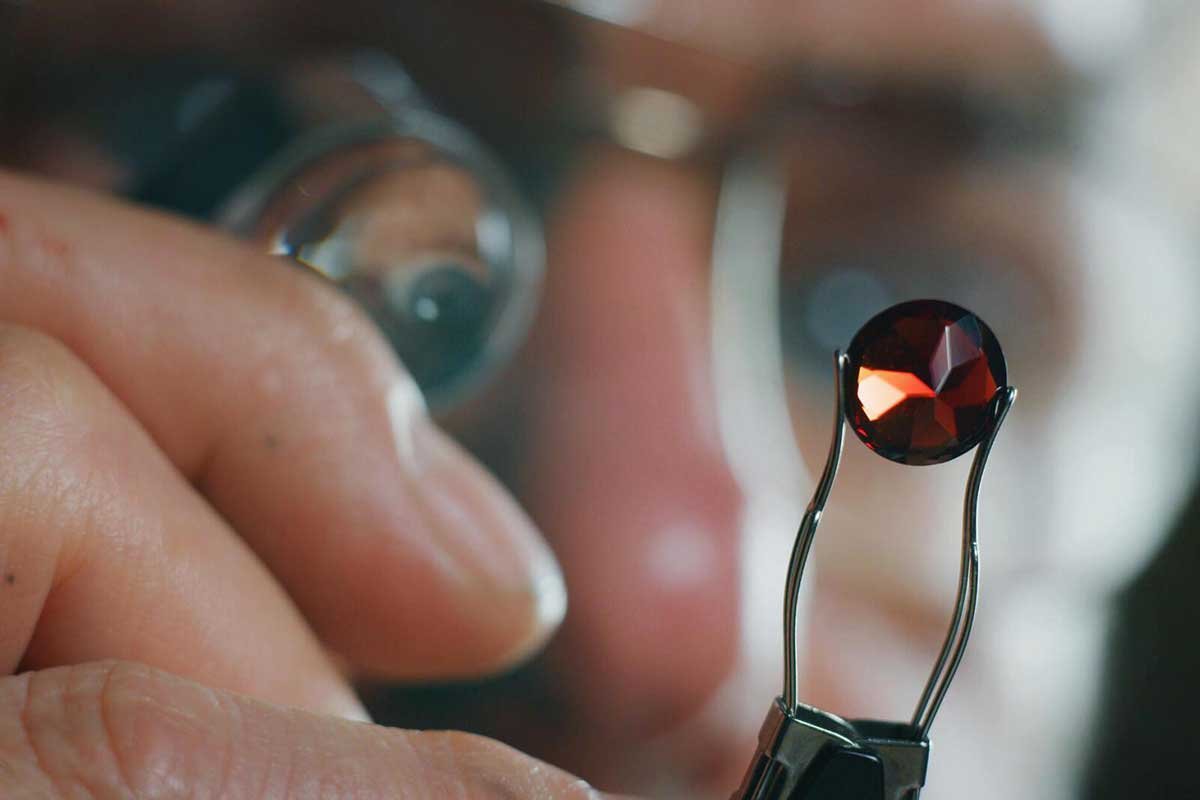How Does Gemstone Grading Impact Jewelry Appraisals
A jewelry appraisal determines the value of a jewelry item in the current market. It is a written document with detailed information about your jewelry. An appraisal includes details on your jewelry’s gemstones, metals, materials, or any unique features of each piece. The document also includes a photograph of the jewelry taken from multiple angles, showing its condition at the time it was appraised.
Also included in the jewelry appraisal are the following:
An assessment of the current market value or replacement cost of the item (for insurance).
Documentation of any certifications, grading reports, or historical value for gemstones.
Buckhead Jewelry Appraisers consider the characteristics of the gemstones to determine the right value for the jewelry. We check for the purity and weight of precious metals used, the craftsmanship, and the complexity of the design.
With the same importance is the gemstone grade according to the 4Cs (color, clarity, carat weight, and cut). Higher-grade gemstones are valuable, and jewelry appraisals are solid proof that the pieces of jewelry are indeed genuine and deserve a higher price.
So, without a proper gemstone appraisal, you may not be adequately compensated for the true value of your jewelry.
In this guide, we'll help you understand the grading system of jewelry appraisals for gemstones according to the 4Cs of diamonds.

1. Gemstone Color
The wavelength of light absorbed by a gemstone determines its color. The structure of the gemstone will either reflect or absorb that light. The reflected light carries the gemstone color. Thus, gemstones with vibrant, intense colors are more valuable because they are rarer and more visually appealing. Gemstone color, or body color, as gemologists refer to it, has three components: tone, hue, and saturation.
Tone is how light or dark a gemstone's color appears: light, medium, or dark. Medium to medium-dark tones are often preferred because they balance color depth without being too light or dark.
Hue is the basic color of a gemstone. It's the dominant wavelength of light reflected by the stone or simply the actual color we see looking at it. There are 31 specific hues gemologists use to characterize the color of a gemstone.
A pure hue without secondary colors is more valuable. So, a pure red ruby is more prized than one with hints of purple or orange.
Saturation measures the intensity or vividness (depth) of a gemstone's color. Highly saturated gemstones have a rich, pure color (but darker tone), while less saturated ones may appear dull.
A scale categorizes the intensity of color for warm and cool gemstones. Warm colors, like those with brownish undertones, are graded from slightly brownish to vivid. Cool colors, such as those with grayish undertones, are graded similarly. Gems with higher saturation levels, regardless of warmth or coolness, are visually striking and more valuable.
2. Gemstone Clarity
Imperfections add to the beauty and appeal of gemstones. The presence of internal flaws or inclusions and external blemishes that affect its overall appearance and, likewise, its value is referred to as the clarity of gemstones.
Three classes of gemstone clarity are Type I, Type II, and Type III.
Type I have few to no inclusions visible to the naked eye.
Type II may contain some inclusions that are visible under magnification but are usually not visible to the naked eye.
Type III often has visible inclusions even without magnification.
3. Gemstone Carat Weight
A gemstone’s weight is measured in carats and is determined by a precision scale. One carat is equivalent to 200 milligrams. This unit of weight is standard in the gemstone industry and is used to determine the size and value of gemstones.
Generally, larger gemstones command higher prices per carat. The weight is typically rounded to the nearest hundredth of a carat for accuracy. But that doesn't mean only bigger gemstones are valuable. Carat weight is only one among the many factors that determine the right value of a gemstone.
4. Gemstone Cut
While the cut can influence the appearance of the color, it cannot completely change or drastically worsen the color of the gemstone. In fact, well-cut gemstones have better sparkle against the light. This affects their beauty and appeal and, thus, their value.
The cut of a gemstone goes beyond its shape, although it contributes to its attractiveness. What truly determines its value is the quality of the cut.
A well-cut gemstone, even with an unconventional shape, can still be valuable because a good cut enhances its sparkle. There are techniques to achieve the intricate cutting of stones: proportions, finish, and facet arrangements.
Gemstone cut grades are (A) Excellent, (B) Very Good, (C) Good, (D) Fair, (E) Acceptable, and Lower than acceptable.

Regularly Update Jewelry Appraisals
Wear and tear from regular use or aging can affect a jewelry’s condition and its value. Plus, the jewelry market may change over time, so what's valuable right now may no longer have the same value in the next few years.
It is, therefore, recommended that valuable jewelry be appraised every 2-3 years, depending on how often you use it. To keep your jewelry as an investment, stay updated with the jewelry market, have each piece regularly maintained, and get a jewelry appraisal from professional appraisers at Buckhead Jewelry Appraisers.
Jewelry Appraisal Atlanta and Nearby Places
To determine the value of your valuables or if you need help with jewelry appraisal for insurance, we're here to help. I'll be happy to sit with you and discuss the condition of your jewelry before we proceed to appraise your pieces.
Check samples of our written jewelry appraisals here.
It usually takes about five business days for you to receive a written jewelry appraisal after a completed gemstone appraisal. Rest assured that insurance companies accept our credentials to conduct jewelry appraisals.
Schedule an appointment with us now.
